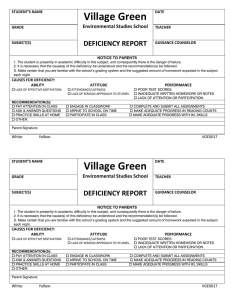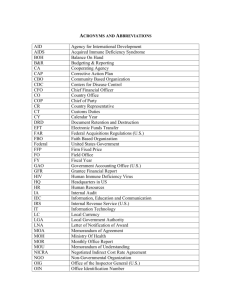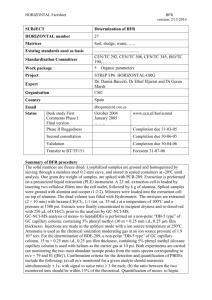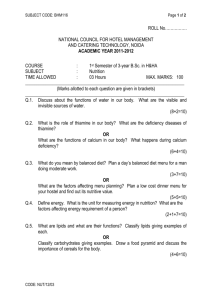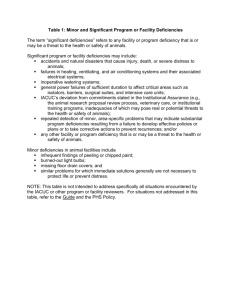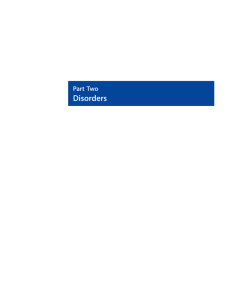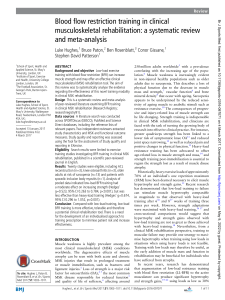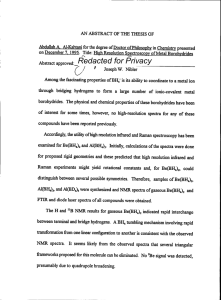Tetrahydrobiopterin deficiencies
advertisement
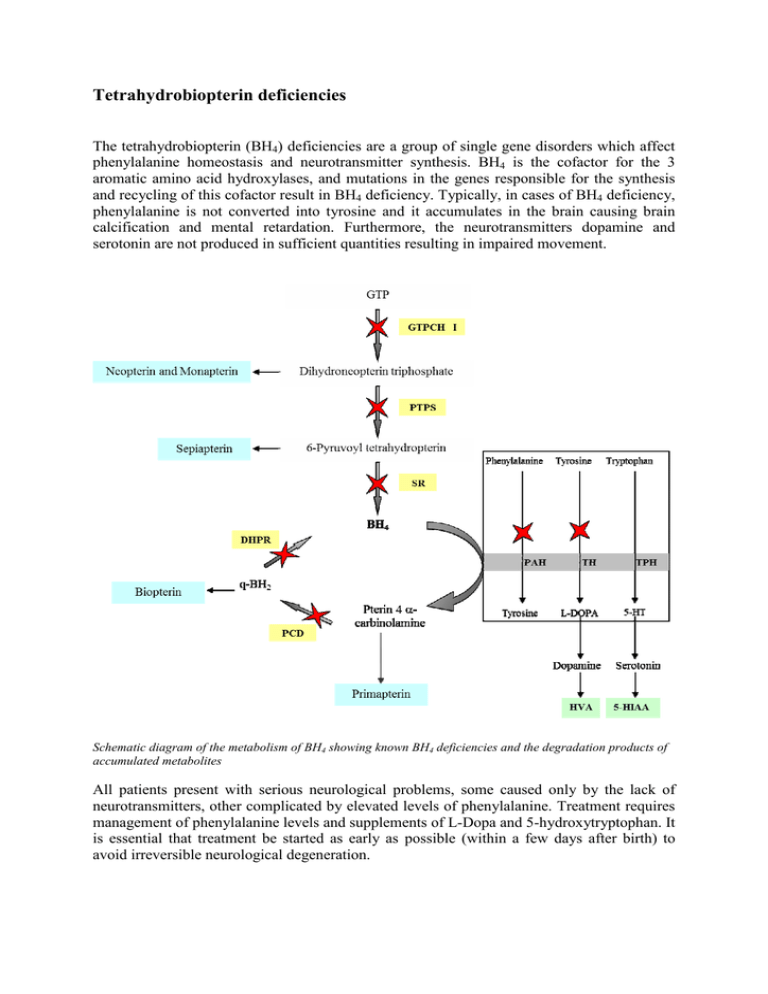
Tetrahydrobiopterin deficiencies The tetrahydrobiopterin (BH4) deficiencies are a group of single gene disorders which affect phenylalanine homeostasis and neurotransmitter synthesis. BH4 is the cofactor for the 3 aromatic amino acid hydroxylases, and mutations in the genes responsible for the synthesis and recycling of this cofactor result in BH4 deficiency. Typically, in cases of BH4 deficiency, phenylalanine is not converted into tyrosine and it accumulates in the brain causing brain calcification and mental retardation. Furthermore, the neurotransmitters dopamine and serotonin are not produced in sufficient quantities resulting in impaired movement. Schematic diagram of the metabolism of BH4 showing known BH4 deficiencies and the degradation products of accumulated metabolites All patients present with serious neurological problems, some caused only by the lack of neurotransmitters, other complicated by elevated levels of phenylalanine. Treatment requires management of phenylalanine levels and supplements of L-Dopa and 5-hydroxytryptophan. It is essential that treatment be started as early as possible (within a few days after birth) to avoid irreversible neurological degeneration. Previously, the BH4 deficiencies used to be classified as atypical phenylketonuria (PKU) to distinguish them from the much more common classical PKU which is caused by mutations in PAH, the enzyme responsible for the metabolism of phenylalanine. To date, no cases of classical PKU have been identified in the Maltese population however 13 children have been diagnosed with BH4 deficiency. Biochemical and genetic analysis identified 4 patients as suffering from DHPR deficiency and the other 7 patients suffering from SR deficiency. Genetic analysis identified two causative mutations: the c.68G>A in QDPR (p.G23D), and a novel mutation in SPR, IVS22A>G at the splice site consensus sequence in intron 2 of the SPR gene. All parents were heterozygotes for the corresponding mutation and showed no clinical symptoms. Worldwide, the frequency of BH4 deficiency is 1 to 2 cases per million live births, however, preliminary work indicates that the heterozygote frequency for DHPR deficiency in the Maltese population is 3.3%. The more recently described and rarer type of BH4 deficiency due to SR deficiency has also been identified at high frequency (4.6%) in this population. Current research work is aimed at determining the exact neonatal frequency of these 2 disorders and comparing it to frequencies of the mutation in older population cohorts. References Molecular Genetics of Tetrahydrobiopterin Deficiency in the Maltese Population; Farrugia R, Scerri CA, Attard Montalto S, Parascandolo R, Neville BG, Felice AE Mol Genet Metab 2007 Mar 90(3): 277-283 Sepiapterin Reductase Deficiency: a congenital dopa-responsive motor and cognitive disorder; BGR Neville, R Parascandolo, R Farrugia and AE Felice Brain 2005 Oct 128 (10) 2291-2296 Genotype-phenotype correlation in dihydropteridine reductase deficiency; L de Sanctis, C Alliaudi, M Spada, R Farrugia, R Cerone, G Biasucci, C Meli, E Zammarchi, T Coskun, N Blau, A Ponzone and I Dianzani, J. Inherit. Metab. Dis. 23 (2000) 333-337.

